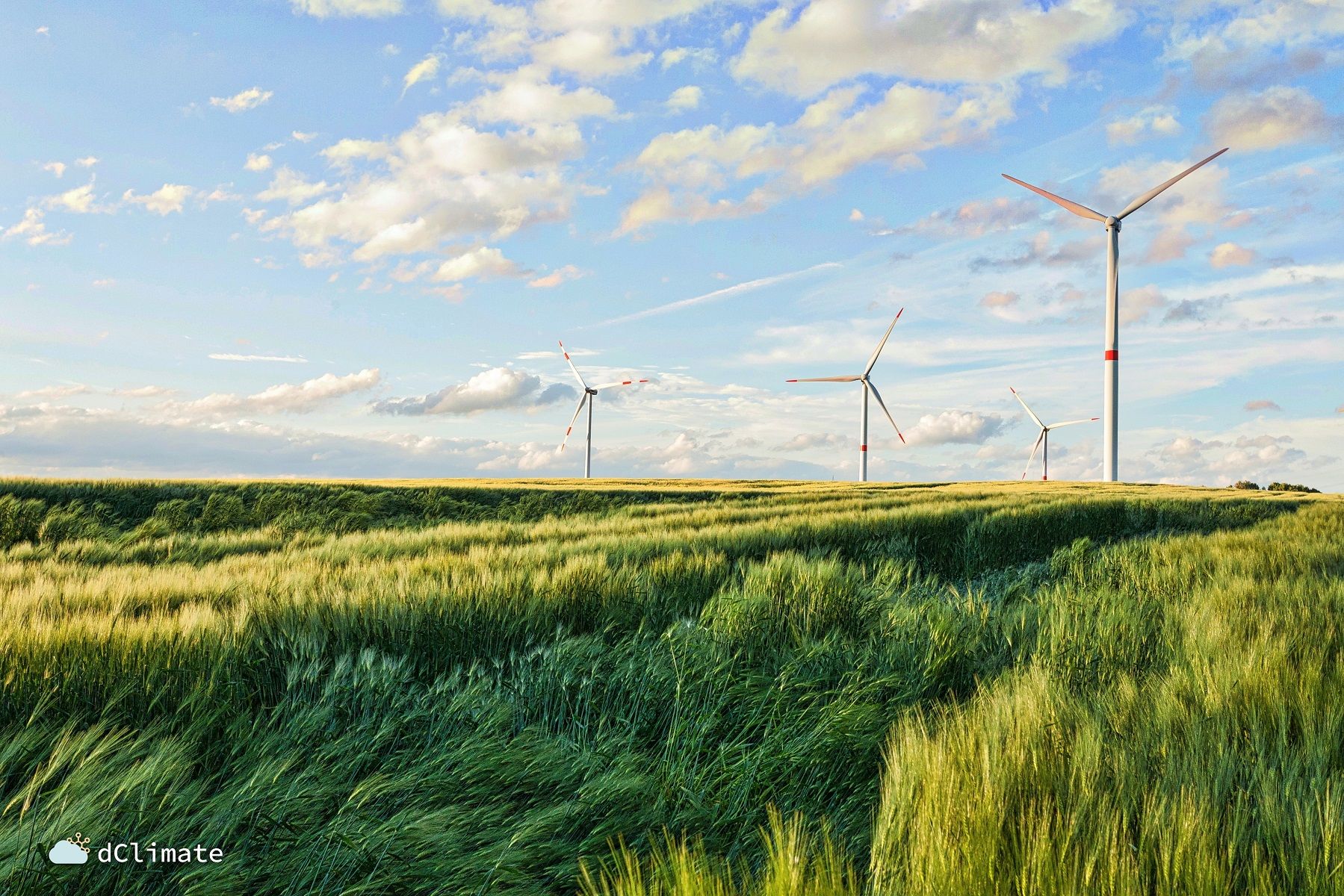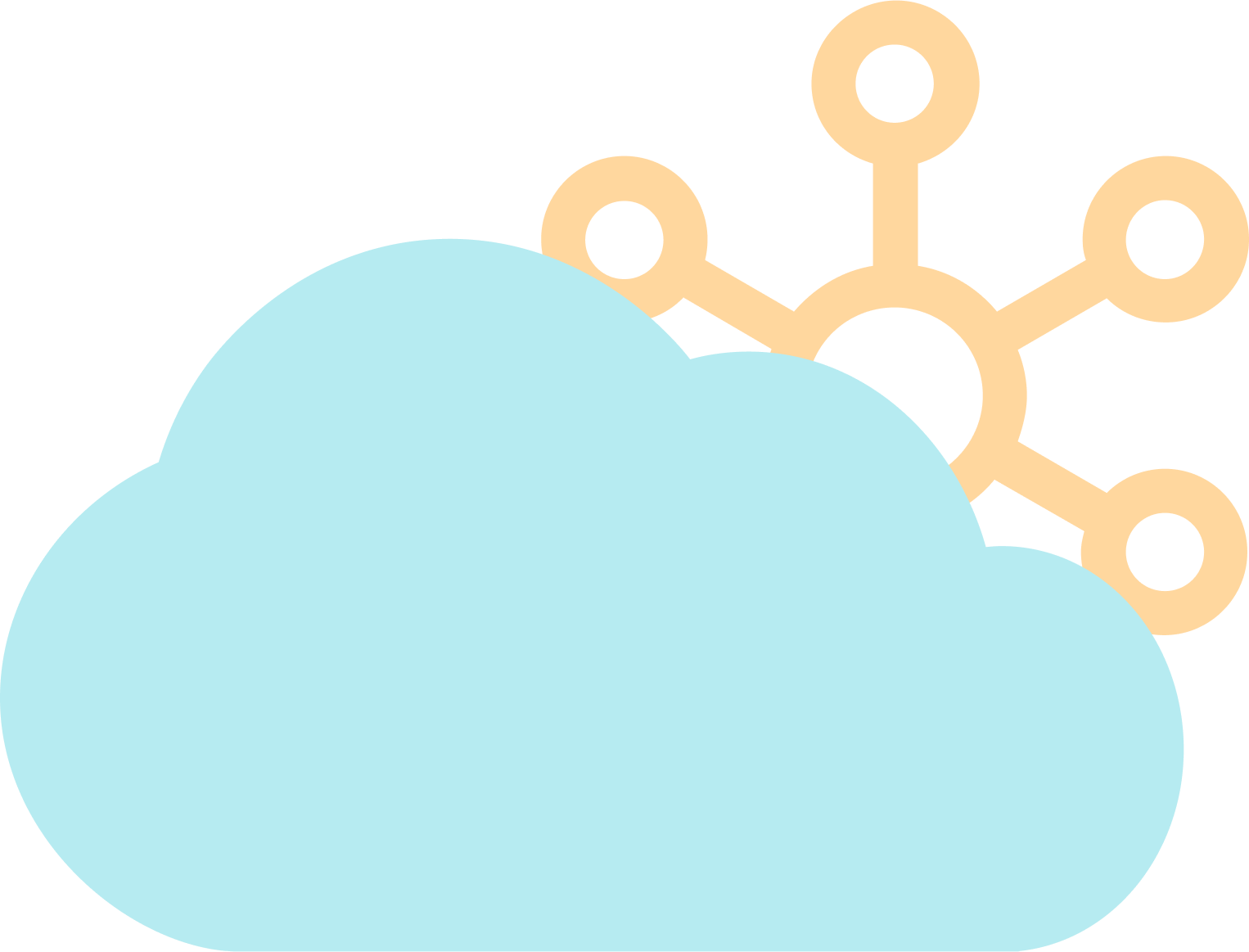Why Would Anyone Pay for Climate Data?

A question that our team often gets is why would anyone pay for climate data?
Sure, some climate data is free, but like most free things you get what you pay for.
- It has large gaps in coverage for locations
- It will often be missing data for long periods of time, like with many weather stations
- The resolution can be poor and it might come out with months long lags
You may say, so what, all I need ‘climate data’ is to figure out what to wear outside today. No big deal. If that was the main application, we would not bother with dClimate. But what is going on in the world makes it clear why we would need high-quality, institutional grade climate data which many businesses need to pay for. Climate data is just the foundational layer of truth to help build more advanced analytics that help us understand what is happening with shifting climate patterns.
If you are an insurance company, climate risk is lurking in every part of your business, whether you’re insuring crops or property. How do you simulate how much damage the next big hurricane can cause in Florida and losses to your home insurance portfolio? If you are a bank, regulators around the world are forcing you to measure climate risk in your loan and asset portfolios. If you have tons of mortgages in coastal areas prone to hurricanes? Got farm loans in areas prone to drought?
If you want to do this for free, we invite you to build it on dClimate. In the meantime, insurance companies spend tens of millions of dollars annually for such simulations.
Even more specifically applications like parametric insurance which pay out directly based on datasets like climate data need institutional grade data that is cleaned and filled with more transformations done to match a client’s risk profile.
Maybe the payout is on wind speed data converted to expected power output depending on a turbine model. Or it is temperature data transformed to match expected power demand or heat stress on crops.
dClimate is currently used as a settlement base layer for over $200 million of parametric climate protection contracts in 2021. With such amounts, we cannot use free data with all the issues mentioned above.
These are one of the many climate risks embedded in portfolios. Assessing climate risk in these complex portfolios is not a matter of just downloading some free climate data. It’s a massive computational undertaking.
If you are an electric utility, the amount of power you have to provide to your customers will depend on how hot the summer is and how much air conditioning is used. Modeling how hot the summer will be won’t happen by googling some weather data.
Or if this past February’s events in Texas happen again, and temperatures drop sharply, causing the grid to fail and now you’re buying power in the spot market at $9000 instead of $30, bankruptcy looms. Climate risk is not just a discussion point with actual utilities going bankrupt in Texas just from one freeze event. You can bet utilities will pay for quality climate data and modeling.

